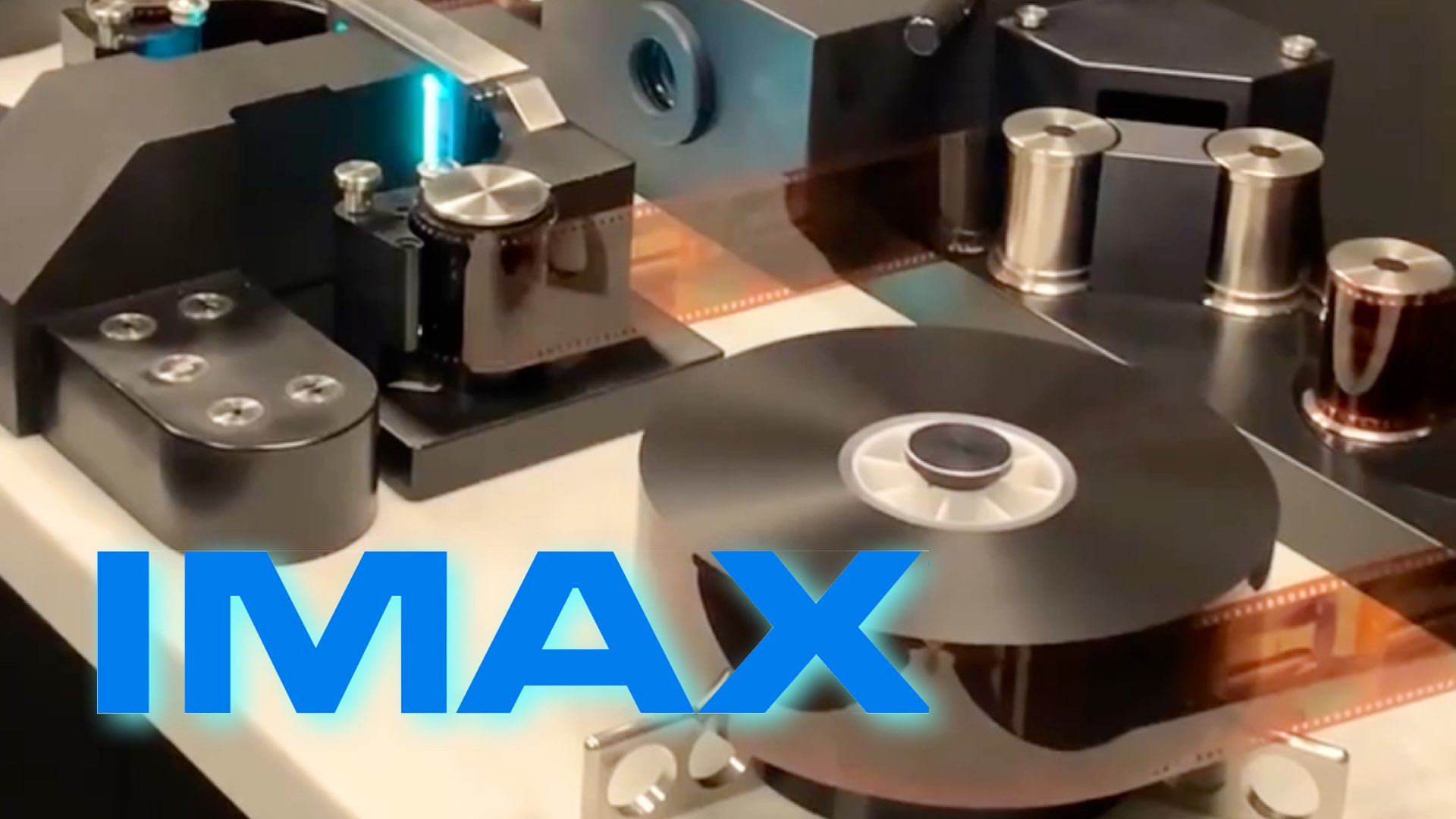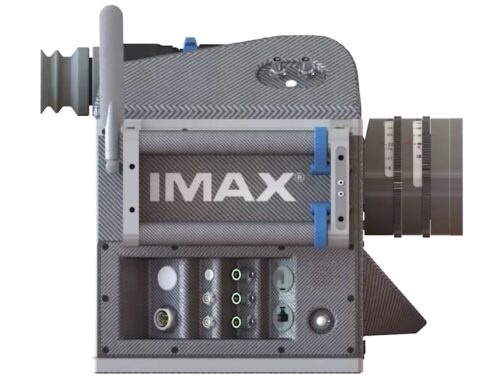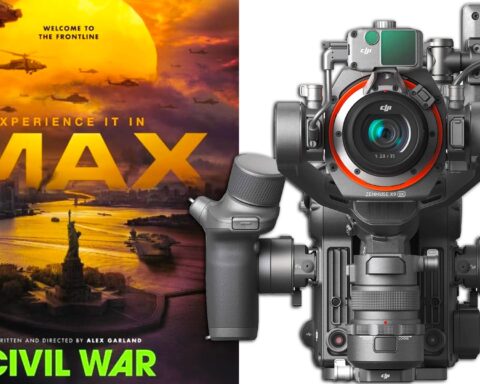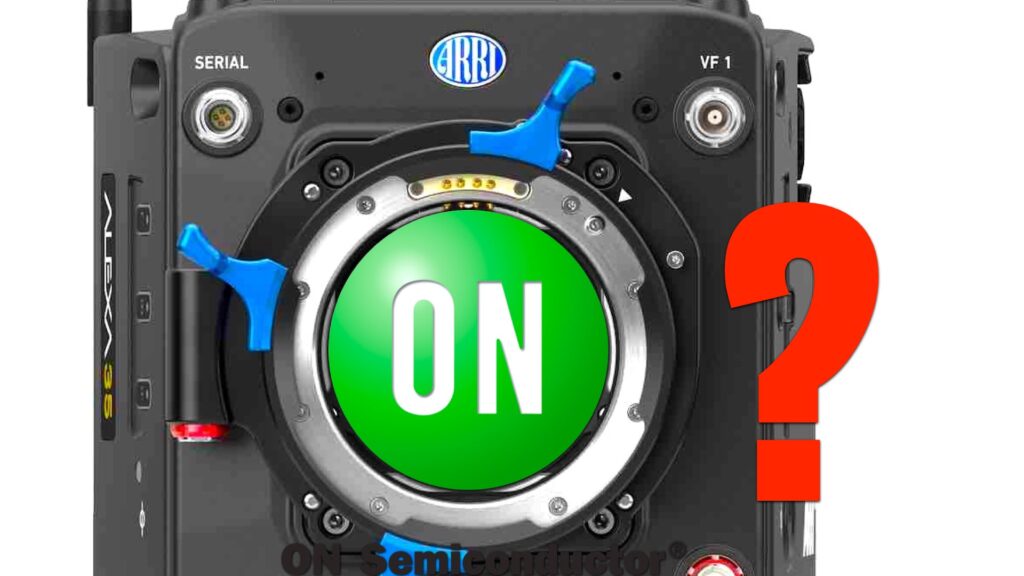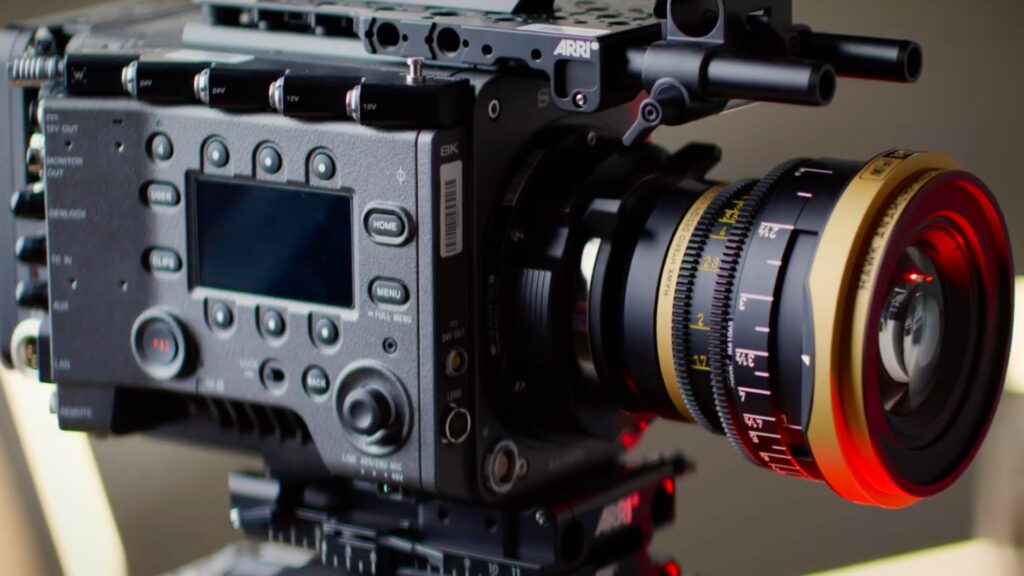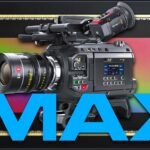IMAX has posted a short demonstration of how the 65mm film stock is being scanned. According to IMAX, it takes 14 minutes to scan one second of screen time. Watch this giant reel goes through the scanner.
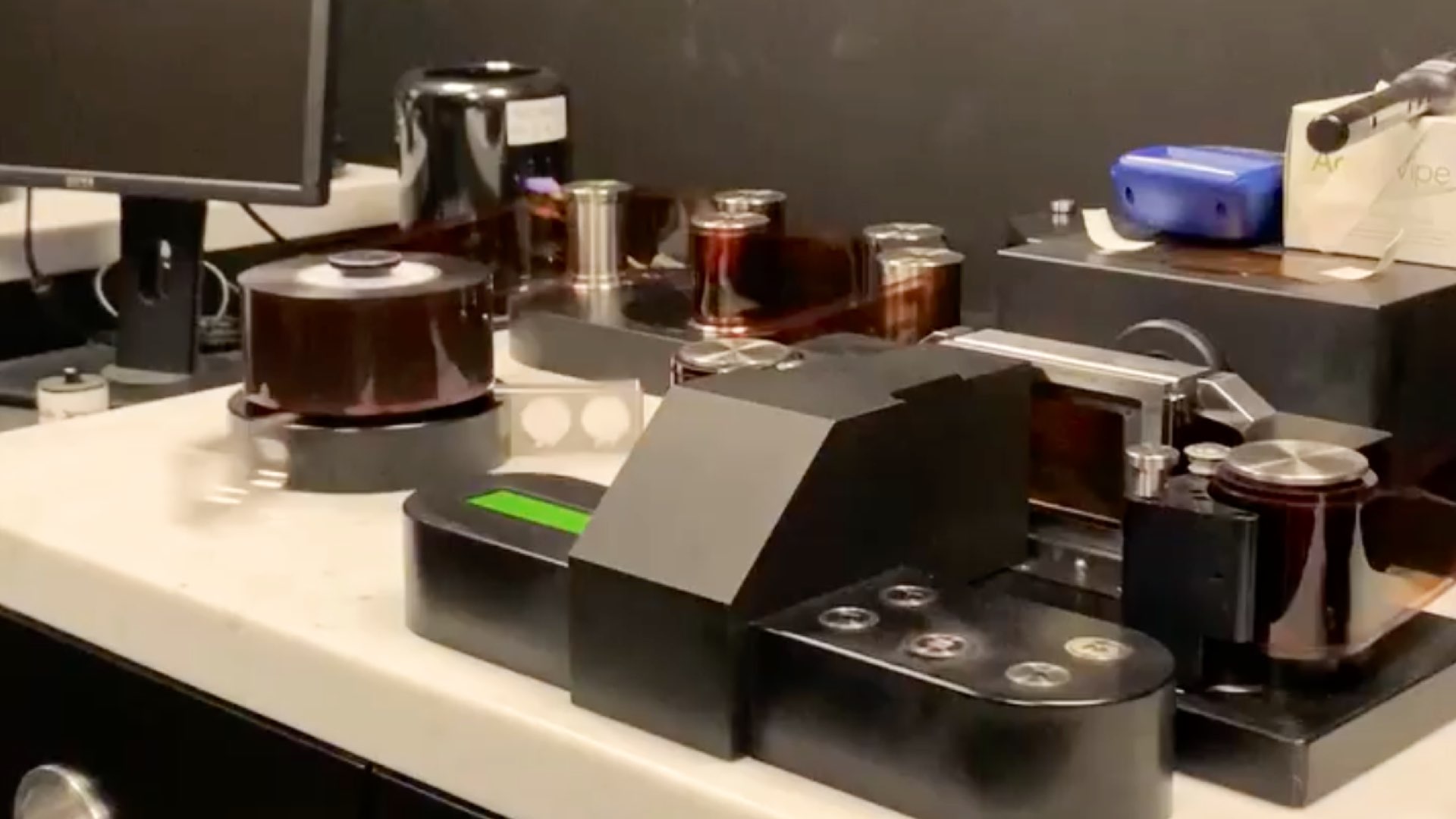
Film scanners
A film scanner scans original film stock from 8mm to 70mm. Some models of film scanners scan each frame individually, locked down in a pin-registered film gate, taking a few seconds of scanning time per frame, as opposed to continuous film scanners, where the film frames are scanned as the film is continuously moved past the imaging pic up device. However, the last is being mainly used on low-resolution acquisition. So how does it work? Without diving deep into the technicals, we can say that the film scanner scans the film frames into a file sequence, whose single file contains a digital scan of each still frame. This file is pretty heavy and stores color information as raw data, preserving the optical characteristics of the film stock. Then the files can be played on any NLE. Then the scanned footage can be edited and mastered back on film when needed (theater projection for instance). However, most of the projectors are digital, hence this process is mainly one-sided. Now, imagine scanning the mighty 65mm film from n IMAX cameras.
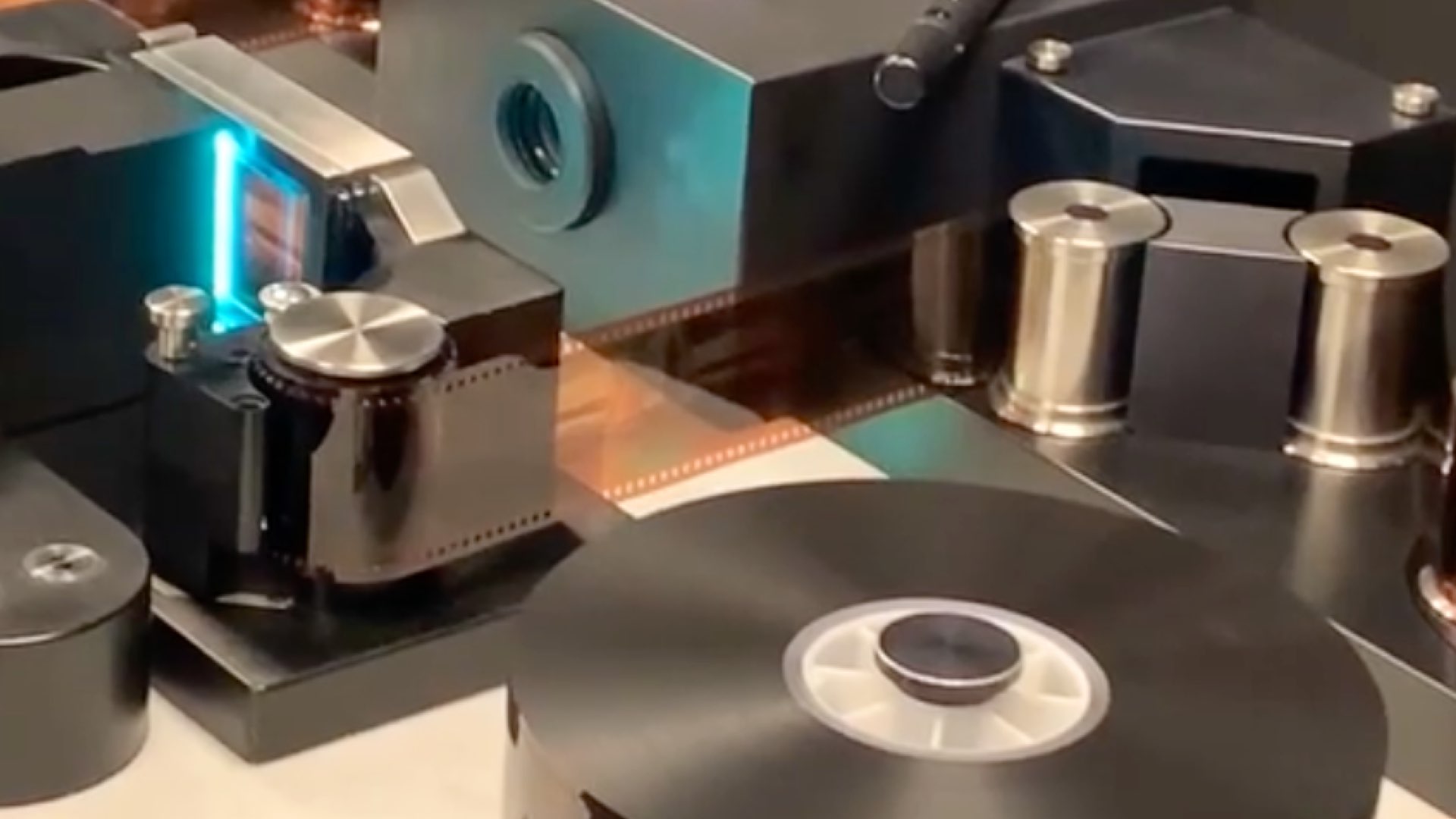
Scanning 65mm IMAX
IMAX cameras are film cameras. As mentioned before, it works the same way as any other film camera. It’s closed and lightproof, and the film runs through it. The difference is in the film format itself: 65 millimeters! But there are two kinds of 65mm cameras: The Panavision System 65 for example, that runs the film vertically, as opposed to the IMAX camera that runs the film horizontally, so it prints every photogram on a huge15 perforations. BTW, each roll of 1000’ is equal to 3 minutes of the film (when shooting 24 frames per second) and costs about $1,500. Now, all of that film goodness needs to be scanned. Recently, IMAX posted a video showing how this massive stock is being scanned. According to IMAX, each frame takes 35 seconds to scan. Overall, it takes 14 minutes to scan one second of screen time. Check out this video below:
Up to 12K
How much resolution is derived from IMAX scanning? Here’s an example by Cinelab Film & Digital which has installed a new large format, high-resolution OXScan 12K film scanner. The OXScan has been designed for 65mm original camera negative film and has the capability to handle 65mm 5- perf & 15-perf IMAX, 70mm print, and 35mm film. According to Cinelab, this scanner was installed due to a resurgence in shooting large format film within the features industry. They recently handled all 65mm, IMAX, and 35mm processing for NO TIME TO DIE. Adrian Bull, Cinelab CEO, said: “Since establishing our 65mm processing capability with Kodak back in 2016 we have worked on several inevitably high-profile features but there has been a lack of high-end finishing scanning available in the UK and Europe. This solution from DFT provides the highest quality pin-registered 65mm 5-perf and IMAX scans from this very special format. Additionally, we are looking forward to developing the market in 8K finishing and remastering of 35mm film”. So there you have it. IMAX scanning can be equivalent to 8K-11K of resolution.
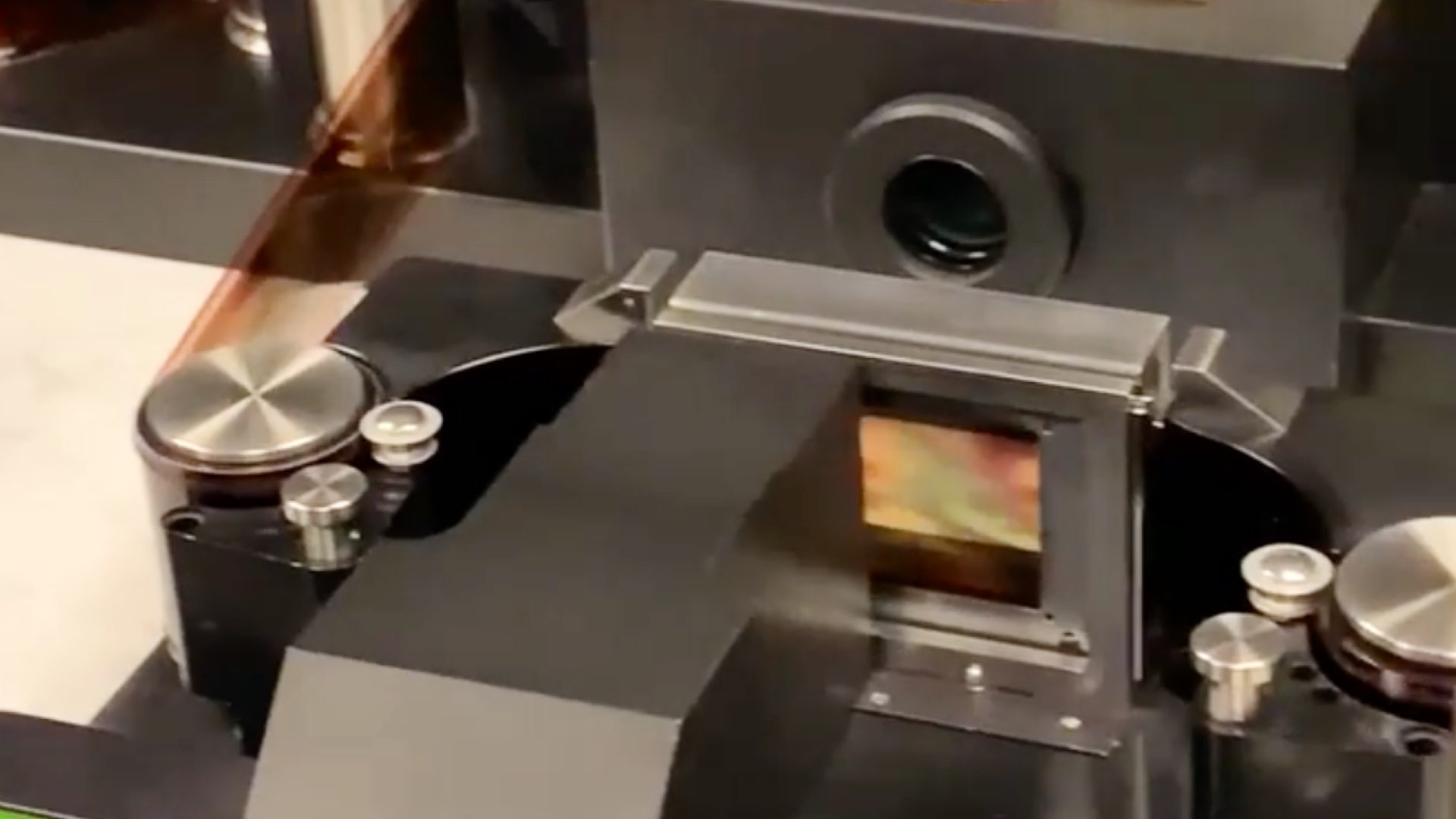
Closing thoughts
The IMAX scanning demonstration is very fun and interesting to look at. However, remember that the scanning must be performed in a dark room. Many moviegoers protest that movies shot with IMAX cameras (as opposed to Filmed for IMAX) are not being screened on a real IMAX 70mm film projector. In fact, the amount of 70mm projectors has significantly reduced, and today most IMAX projectors are digital. However, that fact eliminates the need to re-convert the digital version onto film again. As a footnote, let’s hope that IMAX will publish more technical info about the IMAX filmmaking and post process.


